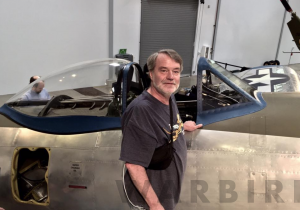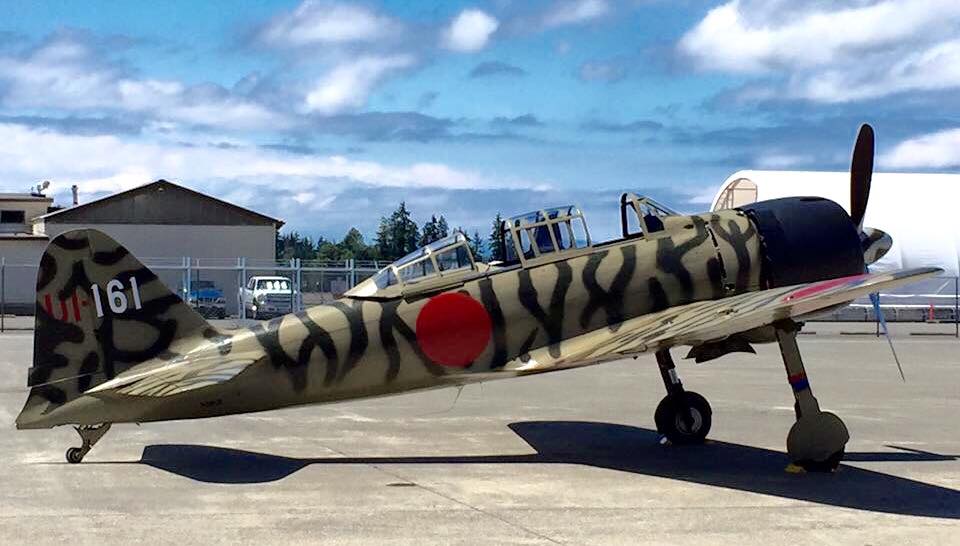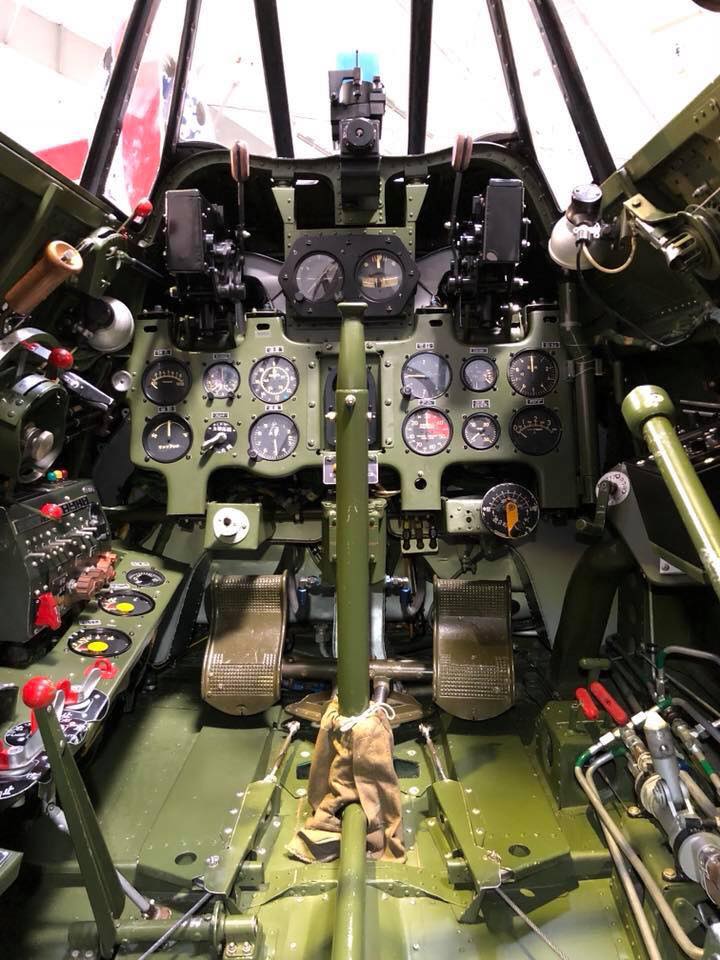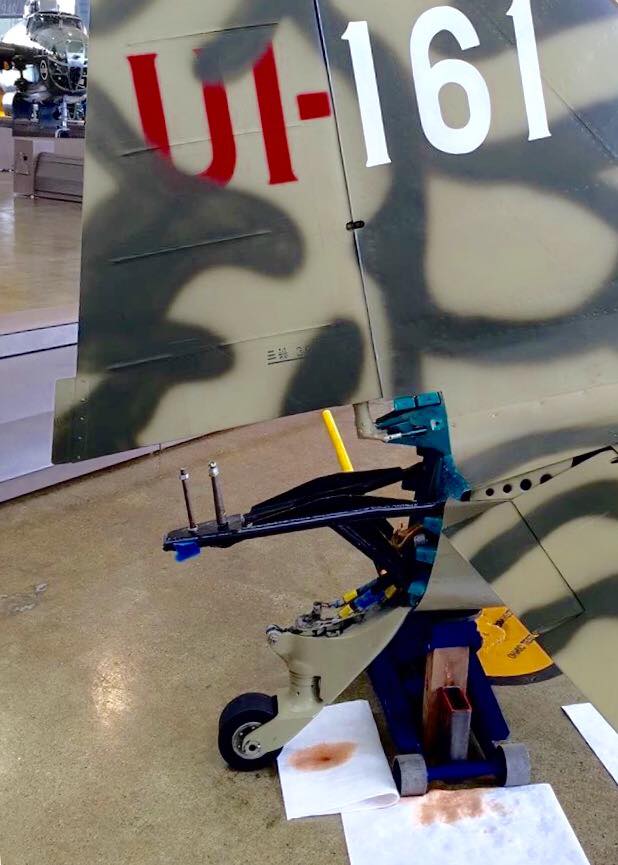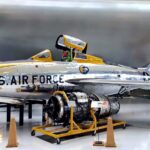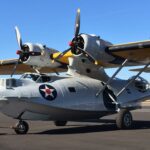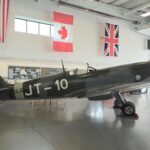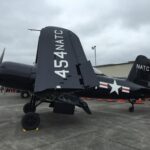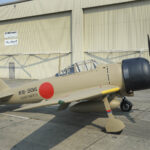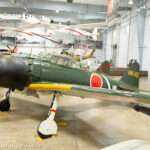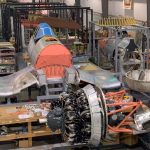By Randy Malmstrom
Since his childhood, Randy Malmstrom has had a passion for aviation history and historic military aircraft in particular. He has a particular penchant for documenting specific airframes with a highly detailed series of walk-around images and an in-depth exploration of their history, which have proved to be popular with many of those who have seen them, and we thought our readers would be equally fascinated too. This installment of Randy’s Warbird Profiles takes a look at the Flying Heritage & Combat Armor Museum‘s two-seat Mitsubishi A6M3-22 Zero.
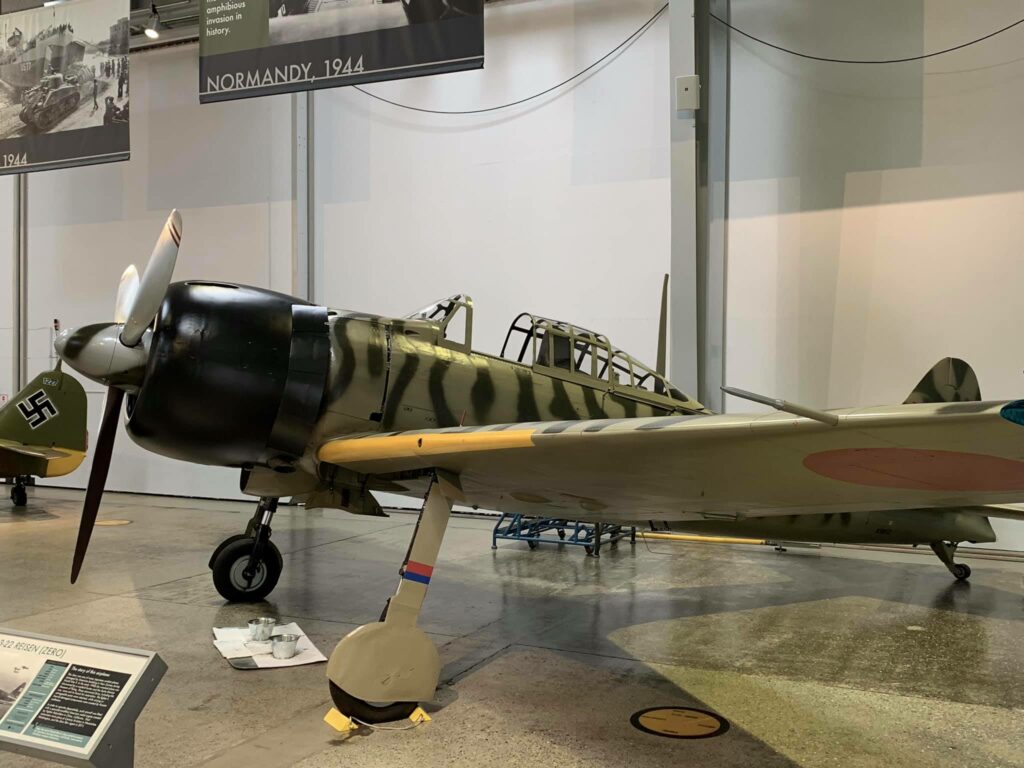
This particular aircraft was converted to a 2-seater and this rebuild consists of a few aircraft. What makes up the majority of this rebuild (based on the data plate) is from an aircraft that was built by Mitsubishi in 1943 and (likely) ferried to New Guinea.
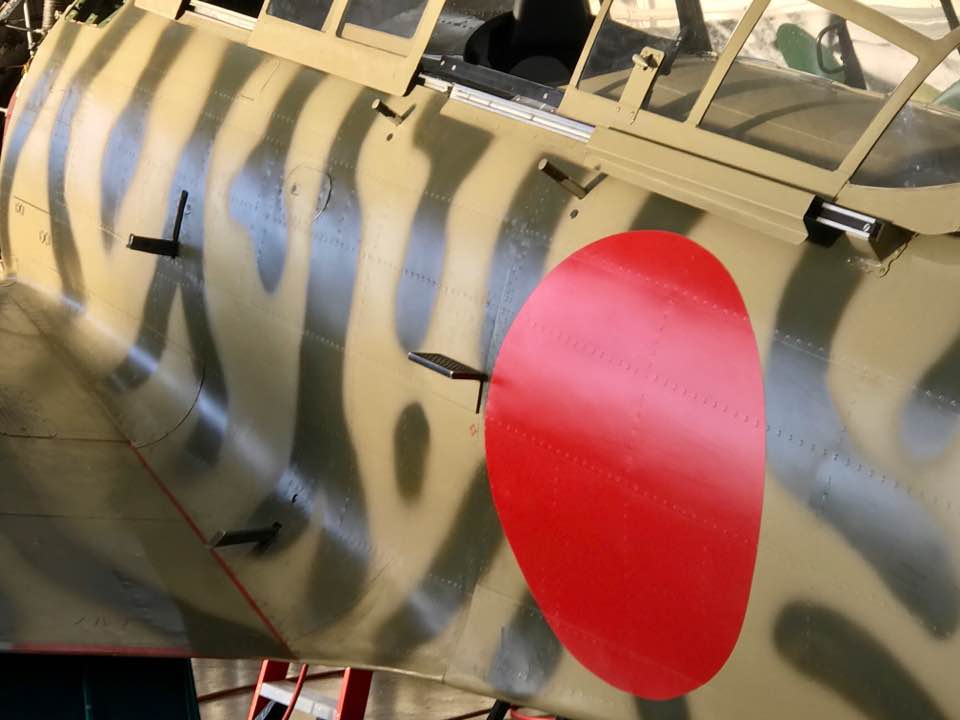
Aircraft salvager and MIA researcher Bruce Fenstermaker made arrangements with local Indonesian officials to recover aircraft relics at Babo Field on Irian Jaya in Indonesia (which had been subjected to American bombing raids in 1943 and early 1944 and the location of a number of salvage operations in the 1970s and 1980s). He found an abandoned A6M3-22, the salvageable parts of which were to become this rebuild.
The Santa Monica Museum of Flying and Fenstermaker formed a joint venture to acquire more aircraft at the sight, including a Betty, Judy, Tony, Nick, and two more Zeros. The museum commissioned a Russian restoration facility to rebuild it (in all, three were sent there between 1994-97 although I do not know the name) where many modern parts and methods were used to replace heavily damaged or missing components to make what you see here, based on the A6M3-22 Manufacturer Numbers, this one with #3852.
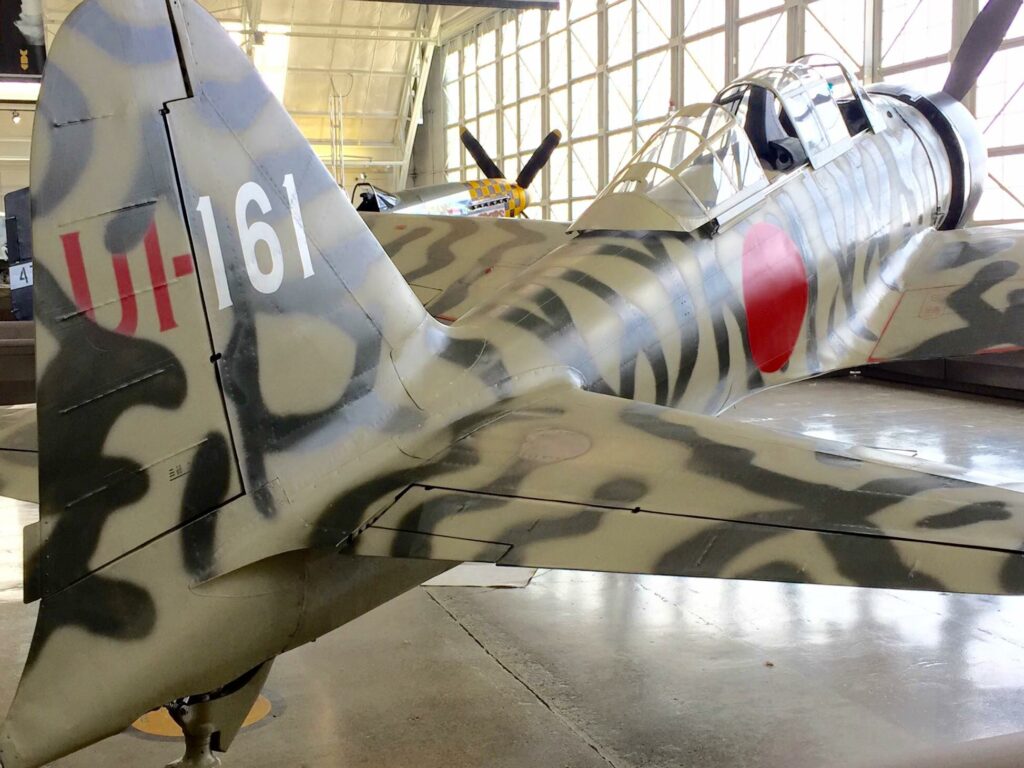
There are some original parts including the main landing gear and wing trim tabs. This aircraft was sent to Santa Monica without wiring, instruments or armament and Paul Allen’s Vulcan Warbirds Inc. acquired it for Flying Heritage & Combat Armor Museum (FHCAM) and sent it to The Fighter Rebuilders in Chino for further restoration. It has replica armament. It went to Wenatchee for completion to airworthiness between 2011-12.
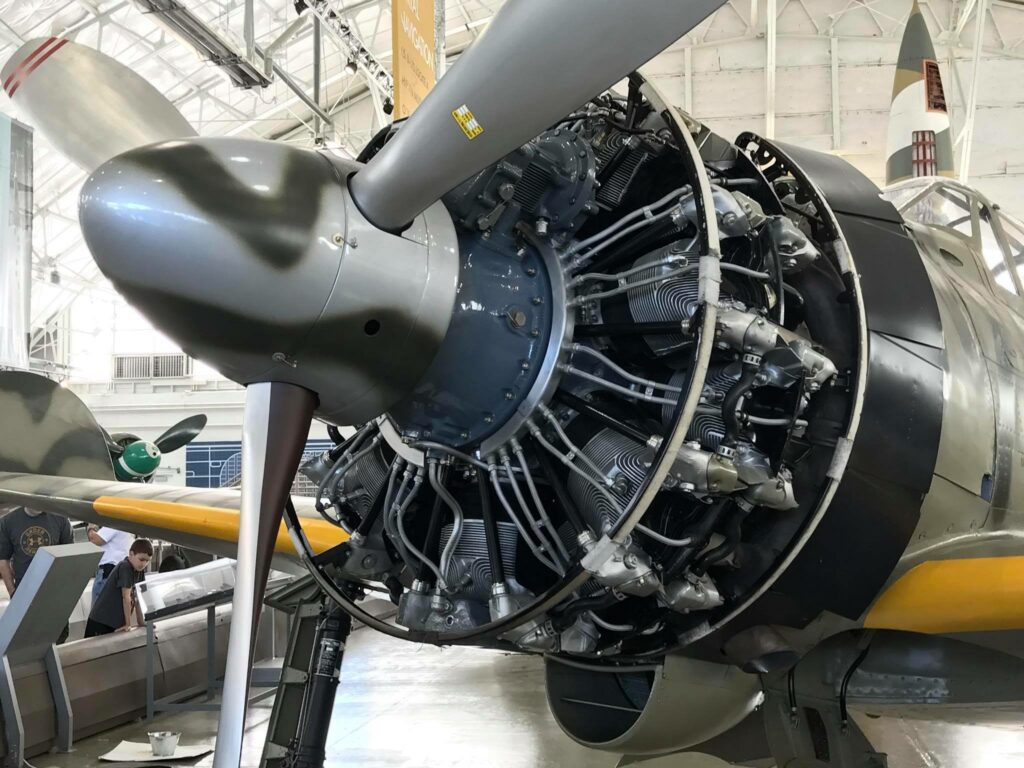
This variant of the A6M was originally powered by a Nakajima Sakae 21 14-cylinder engine, but this aircraft is fitted with Pratt & Whitney R-1830 engines (with a mixture of components to fit the airframe). In the latter 1930s, Japan obtained licenses to build the Shōwa L2D and Nakajima L2D aircraft (versions of the Douglas DC-3) with Japanese versions of Pratt & Whitney engines, and that engine is only four inches in diameter larger than the Sakae, so the P&W was deemed cheaper to maintain and more reliable than a Sakae engine to use on this aircraft.
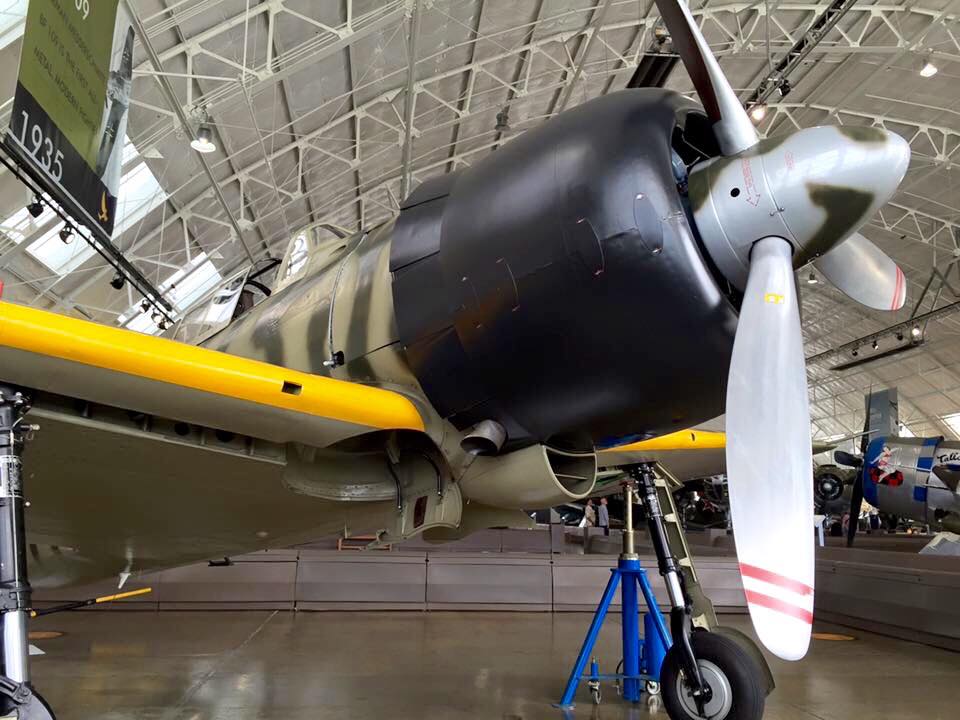
It is painted in the markings of Kokutai (Air Group) 251 which was based in the Rabaul area. Research by Ryan Toews of J-Aircraft.com provided the correct olive green color and additional research revealed that Kokutai 251 painted darker vertical stripes in the field to make them less visible when parked in jungle foliage (hence the “tiger stripes”). The fully rebuilt aircraft was first flown by Steve Hinton on March 29, 2012.
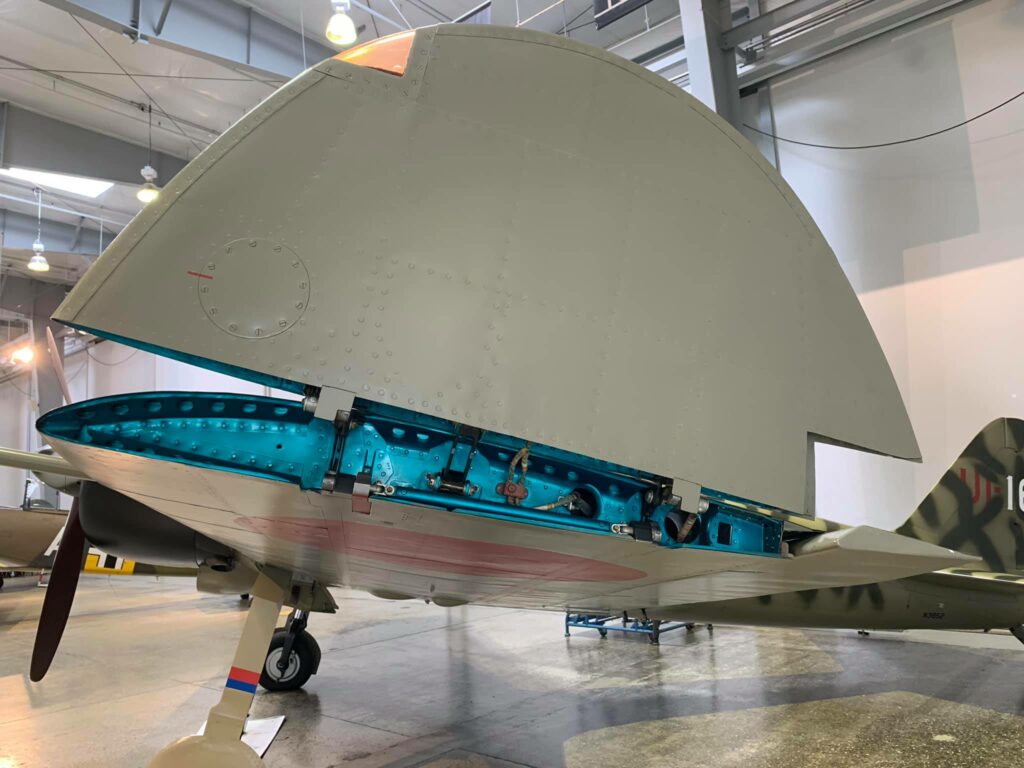
About the author
